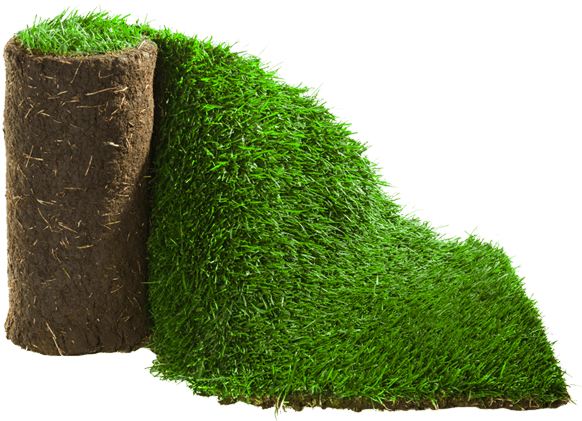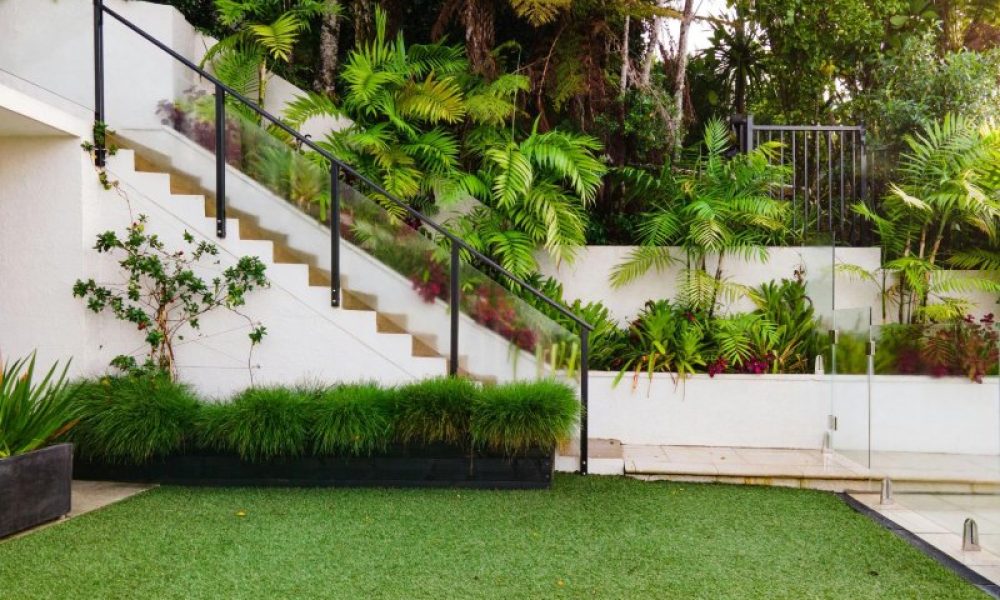A lush, green lawn is often the envy of the neighborhood, but achieving and maintaining such a vibrant landscape requires careful attention to watering. While manual watering methods have been the traditional approach, the installation of a well-designed irrigation system has become increasingly popular due to its numerous benefits. In this article, we will explore how a well-installed irrigation system not only contributes to a greener, healthier lawn but also leads to lower water bills and long-term cost savings.
- The Role of Irrigation in Lawn Health
A well-maintained lawn is a source of pride for homeowners, and proper irrigation is a crucial factor in achieving and sustaining a vibrant landscape. Manual watering, while effective, can be inconsistent and time-consuming. An irrigation system, on the other hand, offers precision and efficiency in delivering the right amount of water to specific areas of the lawn.
a. Consistent Watering:
One of the key advantages of an irrigation system is its ability to provide consistent and even watering. This consistency is essential for promoting healthy grass growth, preventing under-watering or over-watering, and minimizing the risk of diseases caused by water stress.
b. Customization:
Modern irrigation systems can be tailored to meet the unique needs of different landscapes. Zones can be established, each with specific watering schedules and durations based on factors such as soil type, plant species, and sunlight exposure. This customization ensures that every part of the lawn receives the appropriate amount of water.
- Water Conservation and Environmental Impact
In an era where water conservation is of utmost importance, a well-installed irrigation system plays a crucial role in minimizing water waste. Unlike manual watering methods that may lead to runoff and oversaturation, irrigation systems are designed to optimize water usage.
a. Efficient Water Distribution:
Drip irrigation and smart sprinkler systems use technology to deliver water directly to the root zones of plants, minimizing evaporation and runoff. This targeted approach maximizes the effectiveness of water usage, ensuring that a greater percentage of water reaches the plants.
b. Rain Sensors and Weather-Based Controllers:
Many modern irrigation systems are equipped with rain sensors and weather-based controllers. These features adjust watering schedules based on real-time weather conditions, preventing unnecessary watering during rainy periods. This not only conserves water but also demonstrates a commitment to environmentally responsible lawn care practices.
- Financial Benefits of a Well-Installed Irrigation System
While the initial cost of installing an irrigation system may seem like a significant investment, the long-term financial benefits outweigh the upfront expenses. Our friends at Apple Valley Well Drilling, LLC., explain how a properly designed and maintained irrigation system leads to lower water bills, reduced maintenance costs, and an increase in property value.
a. Water Bill Savings:
The precision and efficiency of irrigation systems result in lower water consumption compared to manual watering. By eliminating water waste, homeowners can experience substantial savings on their water bills over time. Additionally, the integration of smart technologies allows for real-time monitoring and control, further optimizing water usage.
b. Reduced Maintenance Costs:
Maintaining a healthy lawn often involves expenses related to repairing damage caused by under-watering or over-watering. Irrigation systems, when correctly installed and maintained, significantly reduce the likelihood of such issues. This translates to fewer repair and replacement costs for grass, plants, and other landscaping elements.
c. Increased Property Value:
A well-maintained, green lawn enhances the overall aesthetic appeal of a property. Potential homebuyers often perceive a lush and healthy landscape as a sign of a well-cared-for property. The installation of an irrigation system adds to the property’s value, making it a wise investment for homeowners looking to improve curb appeal and resale value.
- Choosing the Right Irrigation System
Selecting the appropriate irrigation system for a specific landscape requires careful consideration of various factors. Homeowners should assess their lawn’s size, topography, and plant types, among other elements, to determine the most suitable irrigation system.
a. Drip Irrigation:
Ideal for gardens, flower beds, and areas with specific plants that require targeted watering, drip irrigation systems deliver water directly to the base of plants through a network of tubes or hoses. This method minimizes water contact with leaves, reducing the risk of diseases.
b. Sprinkler Systems:
Traditional sprinkler systems are versatile and suitable for both small and large lawns. They come in various types, including stationary, oscillating, and rotating sprinklers, each designed for specific lawn sizes and shapes. Smart sprinkler systems can be programmed and controlled remotely through mobile applications.
c. Smart Irrigation:
The integration of smart technologies has revolutionized irrigation systems. Smart controllers can adjust watering schedules based on real-time weather forecasts, soil moisture levels, and specific lawn conditions. Additionally, mobile apps allow homeowners to monitor and control their irrigation systems remotely.
- Installation and Maintenance Tips
The effectiveness of an irrigation system depends on proper installation and regular maintenance. Homeowners should follow these tips to ensure their system operates efficiently and continues to provide the desired benefits:
a. Professional Installation:
While some homeowners may attempt a DIY installation, it is advisable to hire a professional irrigation specialist. Professionals can assess the specific needs of the lawn, design an efficient system, and ensure proper installation, including the correct placement of sprinklers and irrigation lines.
b. Regular Inspections:
Routine inspections are essential to identify and address any issues promptly. This includes checking for clogged nozzles, leaks, or malfunctions in the system. Early detection of problems prevents water waste and potential damage to the lawn.
c. Seasonal Adjustments:
Different seasons require different watering schedules. Homeowners should adjust their irrigation system settings to accommodate changes in temperature, rainfall, and plant water requirements. This ensures that the lawn receives optimal care throughout the year.
d. Winterization:
In regions where temperatures drop significantly during winter, it is crucial to winterize the irrigation system. This involves draining water from the lines to prevent freezing, which could lead to damage. Winterization is essential for preserving the system’s integrity and functionality.
Conclusion
A well-installed irrigation system is a valuable asset for homeowners seeking a lush, green lawn while also aiming to reduce water bills and contribute to environmental conservation. The precision, efficiency, and adaptability of modern irrigation systems make them a wise investment with long-term financial benefits. By prioritizing proper installation and maintenance, homeowners can enjoy the aesthetic appeal of a healthy lawn while promoting water conservation and sustainability. In the ever-evolving landscape of residential property management, the installation of an irrigation system stands out as a green and cost-effective solution for those looking to strike the perfect balance between a vibrant lawn and responsible resource usage.









